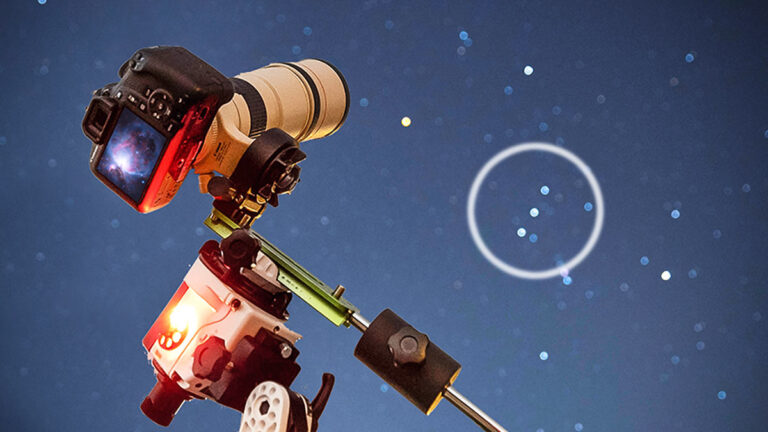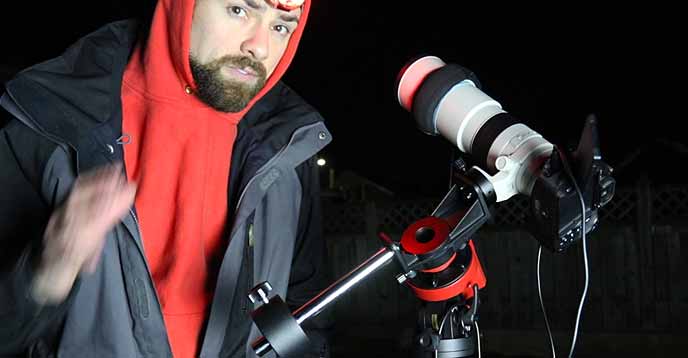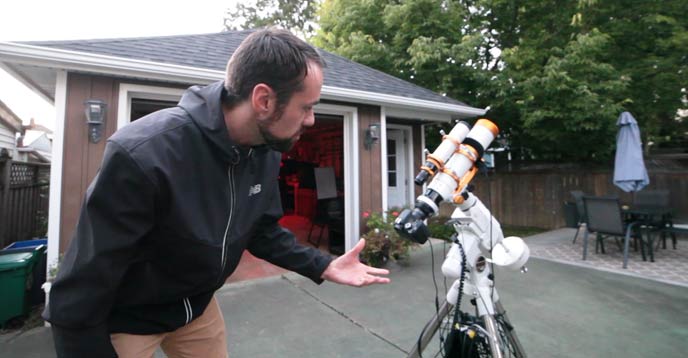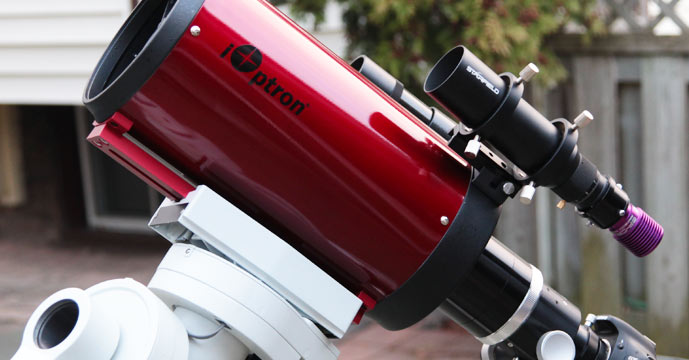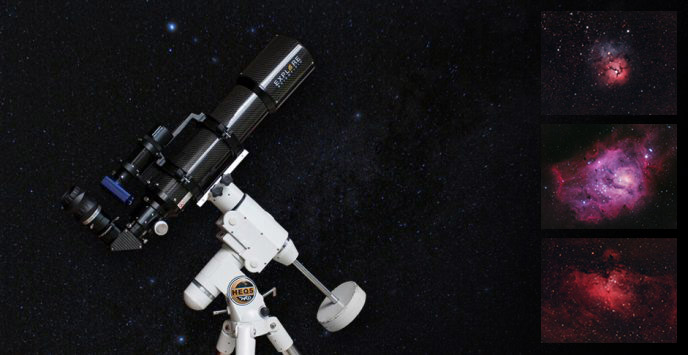Introduction to Deep-Sky Astrophotography
There is nothing like taking your first deep-sky astrophotography image. You’re taking pictures of objects that lie thousands or millions of light-years away. Galaxies, nebulae, and star-forming regions are out there, and there’s an endless supply of new targets to capture. The best part is that you can see way more in an image than…


